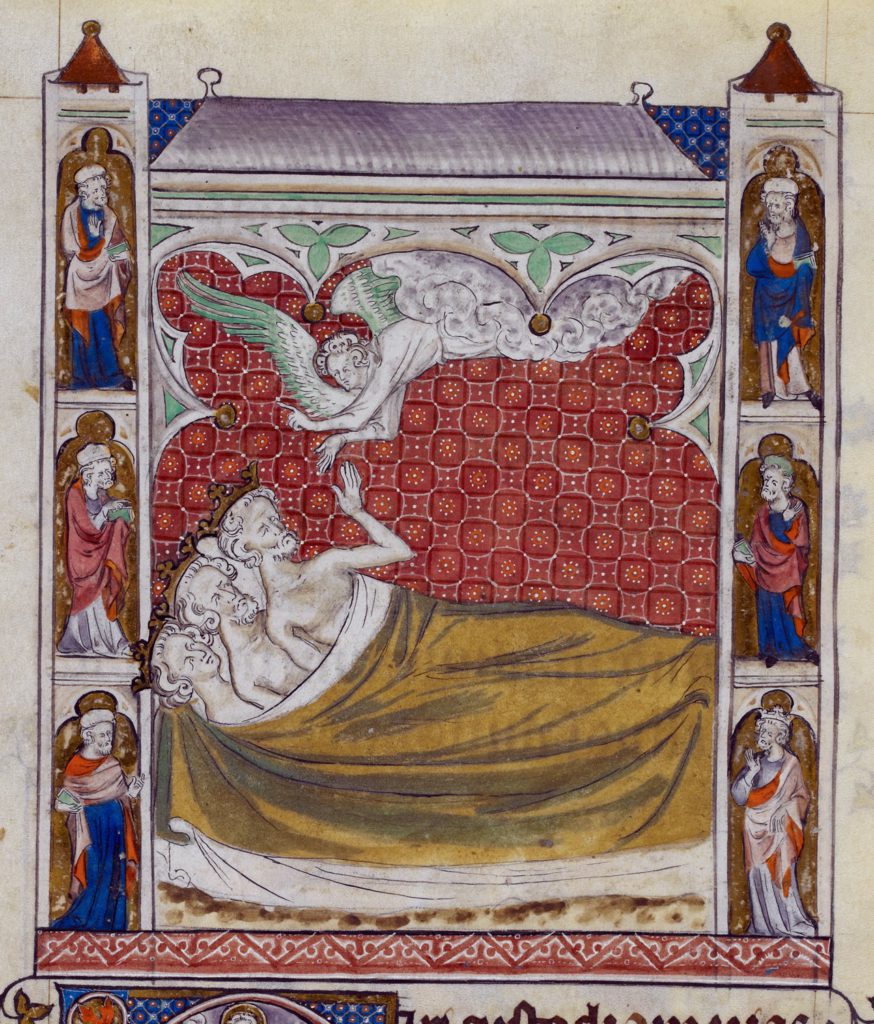This 20th century icon of St. Nina shows her holding her cross made of sturdy grape vines.
St. Nina, said to be a relative of the famous St. George who killed the dragon, is thought to be the saintly missionary who brought Christianity to the people of Georgia just as St. Patrick brought Christianity to the Irish. Nina was a young girl of a pious family who was apparently abducted and sold into slavery in Georgia. Her prayers healed both the king and the queen on different occasions. Deprived of any other devotional aids, she made a cross from very sturdy grape vines and is often depicted holding the vine-cross. She has many feast days in Georgia, commemorating various events in her life; her principal feast day is January 14, the anniversary of her death in AD 340, her “birthday into heaven.”
The people of Georgia have a fascinating collection of folklore and tales. According to one story, God decided to make life easier for those who were driven out of Eden and forced to work hard on Earth. After a long time of thinking, God decided to create a beverage that would let people return to Paradise for even a short time. He invited all the angels and the devil to taste his creation: wine.
Everyone liked wine, including the devil, but the devil felt obligated to compete with God. So, the devil created chacha, a potent alcoholic drink made from the remains of crushed wine grapes, and invited God to taste it. God drank one glass of chacha, then a second, a third and a fourth. After the fourth, he said to the devil, “Those who will drink three glasses of chacha may be on my side, but anyone who drinks more than that will be yours!”
This icon depicts St. Nina of Georgia, holding her grapevine cross, with her relative St. George the Great-Martyr.
A contemporary icon from Georgia, depicting St. Nina holding her cross made of grape vines, with scenes from her life.

